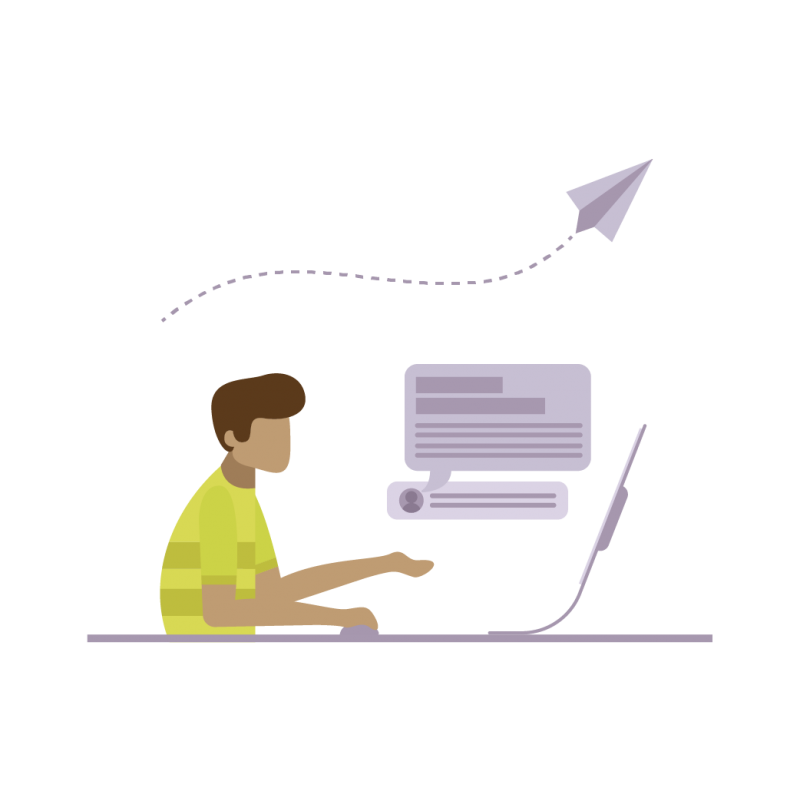Introduction - The Impact on Retail of the Global Pandemic
Retail in 2020 was fundamentally shaped by the coronavirus pandemic, which caused disruption to consumer demand norms and a shift in focus to digital channels.
In 2020, 23.3% of all UK retail sales were online, with a year-on-year online retail sales growth of 36%. Retailers with the strongest online capabilities, or those who were swift to respond to the changes in consumer buying behaviour, benefitted from this seismic shift, typically at the expense of any retailers who were unable – or slower – to respond.
At this Leading Resolutions and PMC Round Table, retail Global Transformation and IT Director discussed how the Digital Transformation at a well-known foot ware retailer, in advance of and during the Pandemic, enabled the omnichannel retailer not only to survive 2020 but also to emerge stronger.



